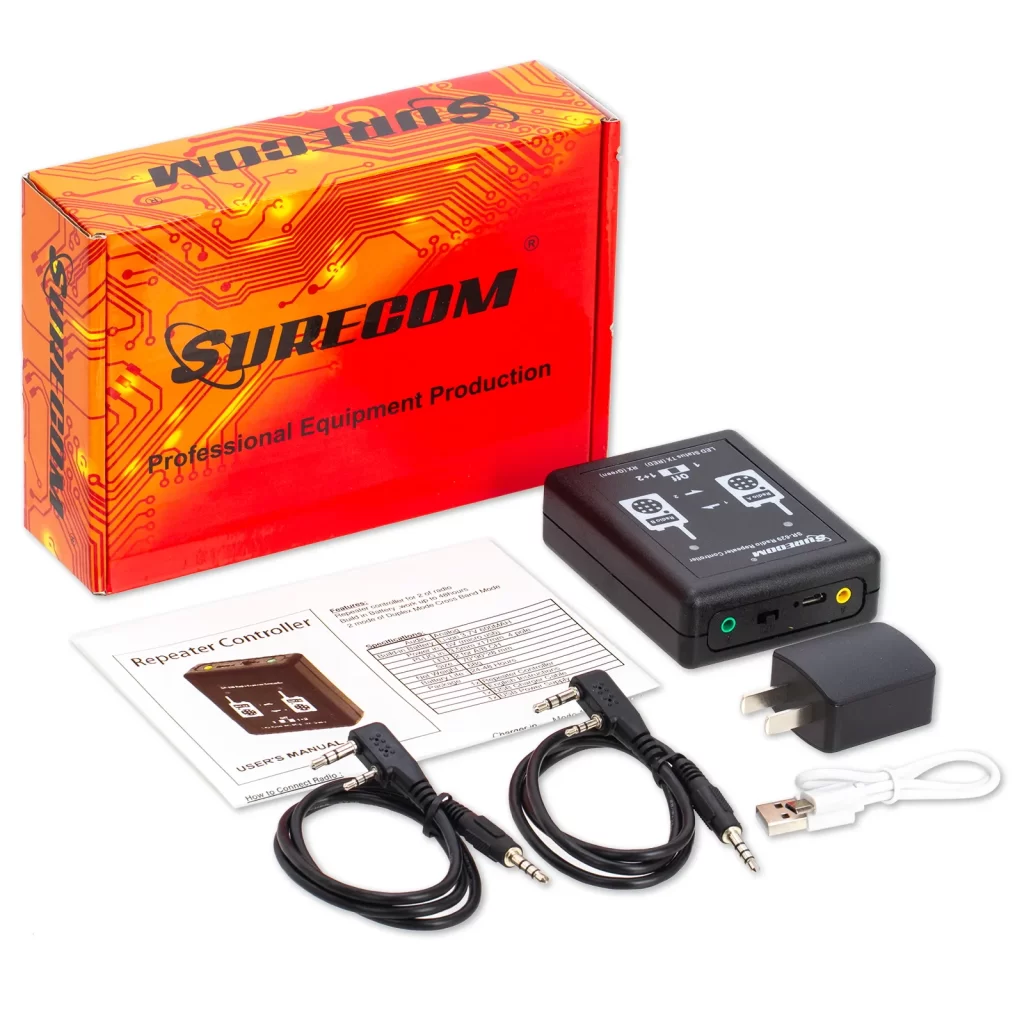Creating a simple radio repeater involves receiving a signal on one frequency and retransmitting it on another frequency. Keep in mind that setting up a radio repeater may require technical knowledge and compliance with radio frequency regulations in your region. Additionally, it’s crucial to have the appropriate licenses for operating a repeater on specific frequencies. Here’s a general guide to creating a basic radio repeater:
Components Needed:
- Two Radios:
- You’ll need two radios capable of transmitting and receiving on the desired frequencies. These radios should have a repeater function or be modifiable for repeater use.
- Duplexer:
- A duplexer is a device that allows a single antenna to be used for both transmitting and receiving, simultaneously.
- Antenna:
- An antenna suitable for the frequencies you plan to use is necessary. The antenna should be capable of handling the power output of your radios.
- Power Supply:
- Provide a stable power supply for the radios and other equipment.
Steps:
- Choose Frequencies:
- Select a pair of frequencies for your repeater operation. Ensure these frequencies are within the legal limits for your region and that you have the appropriate licenses.
- Set Up Radios:
- Program one radio as the receiver and the other as the transmitter. Configure the radios to operate in repeater mode if available.
- Connect Radios to Duplexer:
- Connect the receiver radio and transmitter radio to the input and output ports of the duplexer, respectively.
- Connect Antenna:
- Connect the duplexer to the antenna. The duplexer allows the antenna to be shared between the receiver and transmitter.
- Power Supply:
- Connect the radios and duplexer to a stable power supply.
- Test:
- Test your repeater setup by transmitting on the input frequency and confirming that the signal is received and retransmitted on the output frequency.
- Adjust Settings:
- Fine-tune the settings on the radios, such as squelch levels and audio levels, to optimize repeater performance.
- Install and Secure Equipment:
- Install the equipment in a suitable location, taking into consideration factors like antenna height and coverage area. Secure the equipment to prevent tampering.
- Compliance and Licensing:
- Ensure that your repeater setup complies with local regulations and that you have the necessary licenses for operating on the chosen frequencies.
Important Considerations:
- Interference: Take precautions to minimize interference with other radio systems in the vicinity.
- Emergency Power: Consider providing an emergency power source to keep the repeater operational during power outages.
- Documentation: Keep detailed documentation of your repeater setup, including frequencies, equipment settings, and license information.
Remember that setting up a radio repeater involves a responsibility to operate within legal and regulatory frameworks. Always check and adhere to local laws and regulations governing the use of radio frequencies in your area. If you’re not familiar with radio systems, seek assistance from someone with experience in radio communication or consult with local radio authorities.
